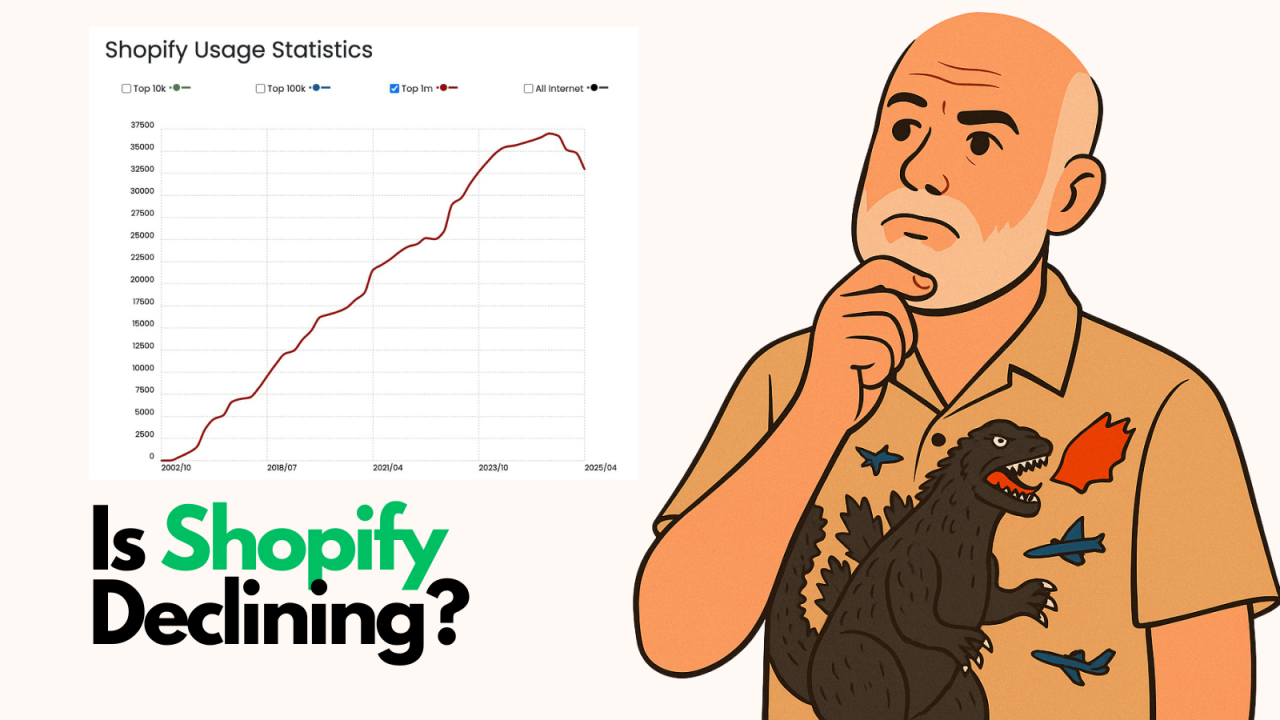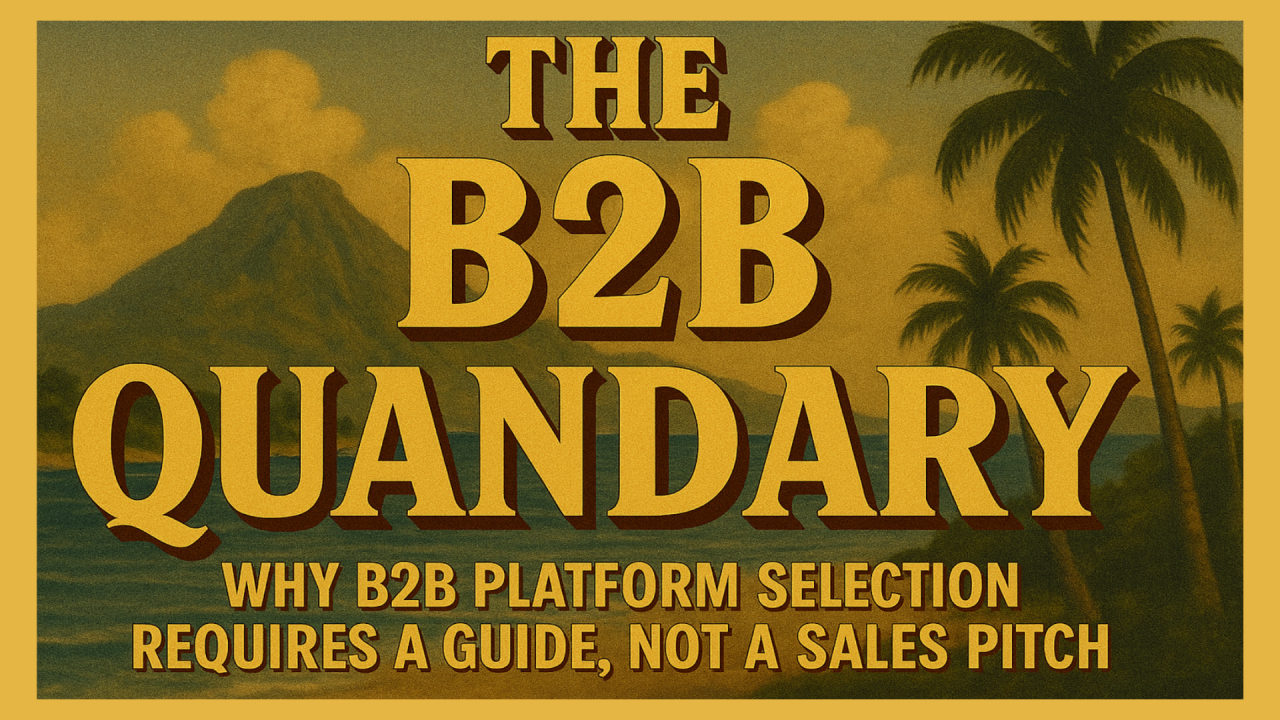
GPT-3 is the most advanced natural language processing system developed by OpenAI. It is capable of generating human-like text with an unprecedented level of accuracy. It has been receiving a lot of attention recently. Many are wondering how GPT-3 can be used to create content for websites and other digital platforms.
In this article, we will explore GPT-3’s potential for AI-generated content, its benefits and challenges, and how it can impact search engine optimization (SEO). We will also discuss how to get started with GPT-3, available courses and resources, and potential GPT-3 services and partnerships.
GPT-3 stands for Generative Pre-trained Transformer 3. It is a natural language processing (NLP) system developed by OpenAI, an artificial intelligence (AI) research lab. It is the most advanced system of its kind. Its text generation capabilities are based on a deep learning model known as a transformer. A transformer is an AI system that uses a combination of recurrent neural networks (RNNs) and convolutional neural networks (CNNs) to analyze text. GPT-3 uses a large collection of unlabeled text (known as a corpus) to generate its text.
GPT-3 has a wide range of applications, from natural language processing (NLP) to machine translation.
Exploring GPT-3’s potential for AI-generated content is immense. This means that GPT-3 can be used to generate content for websites and other digital platforms quickly and efficiently. It can also generate content that is tailored to the user’s needs and preferences. This can help improve the user experience on websites and other digital platforms.
GPT-3 can also be used to generate content for SEO purposes. SEO is the process of optimizing the content of a website or digital platform so that it ranks higher in search engine results.
There are several advantages to using GPT-3 for AI-generated content. Firstly, it is capable of generating human-like text with an unprecedented level of accuracy. This means that it can quickly and efficiently generate content that is tailored to the user’s needs and preferences.
In addition, it can generate content faster than a human writer. This can help speed up the process of creating content for websites and other digital platforms.
Finally, it is more cost-effective than hiring a human writer. This can help businesses save money in the long run.
Although GPT-3 has many advantages, there are also some challenges associated with using it for AI-generated content. Firstly, GPT-3 is still a new technology, and it is not yet perfect. As a result, GPT-3 generated content may not always be of the highest quality.
In addition, the content may not always be accurate or reliable. This is because GPT-3 is only as good as the data it is given. If the data is inaccurate or incomplete, the generated content may not be accurate or reliable.
Furthermore, the content may not always be optimized for SEO. This is because GPT-3 does not consider SEO when generating content. As a result, the generated content may not be optimized for SEO, which can negatively impact a website’s ranking in search engine results. It is important to manually optimize GPT-3 generated content for SEO. This can be done by adding relevant keywords, optimizing meta tags, and other SEO techniques.
Firstly, creating an account with OpenAI and obtaining an API key is necessary.
Once an API key has been obtained, it is necessary to choose a GPT-3 service provider. There are several GPT-3 service providers available, such as Google, Microsoft, and Amazon. It is important to choose a provider that offers the needed features and services.
Once a GPT-3 service provider has been chosen, the provider will have instructions to set up their API. Once the API has been set up, it is possible to start generating content with GPT-3.
Several courses and resources are available for those who want to learn more about GPT-3. OpenAI provides a range of tutorials and resources, including a GPT-3 guide. There are also several online courses available, such as the GPT-3 Fundamentals course from Udacity.
In addition to courses and resources, GPT-3 services and partnerships are available for those who want to use GPT-3 for AI-generated content. Several companies offer GPT-3 services, such as Google, Microsoft, and Amazon. These companies provide GPT-3 services, such as text generation and natural language processing.
GPT-3 is the most advanced natural language processing system developed by OpenAI. It is capable of generating human-like text, with an unprecedented level of accuracy. It has a wide range of applications, from natural language processing (NLP) to machine translation.
In addition, GPT-3 services and partnerships are available for those who want to use GPT-3 for AI-generated content. Several courses and resources are available for those who want to learn more about GPT-3.
GPT-3 is a powerful and versatile tool that has the potential to revolutionize the way content is created. As the technology continues to evolve, it will be interesting to see how It can be used to create content for websites and other digital platforms.
For more information on AI and Google content creation click here

Following up on my earlier post about BigCommerce's rebrand announcement, I got my hands on theCleveland...

By Brent W Peterson AI vs Shopify: Is Platform Dominance Ending in 2025?

The B2B OG Reality Check In 1995, I built my first B2B website for my then computer assembly company. It...